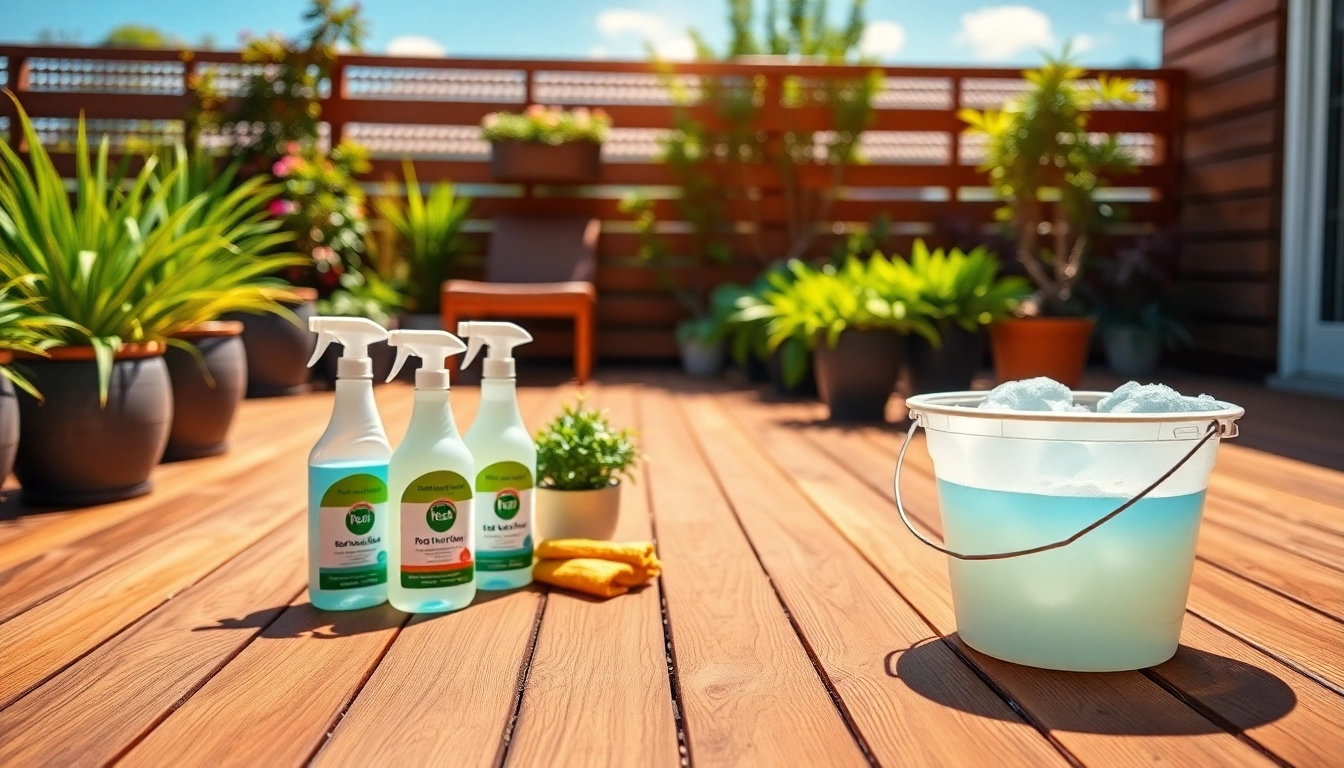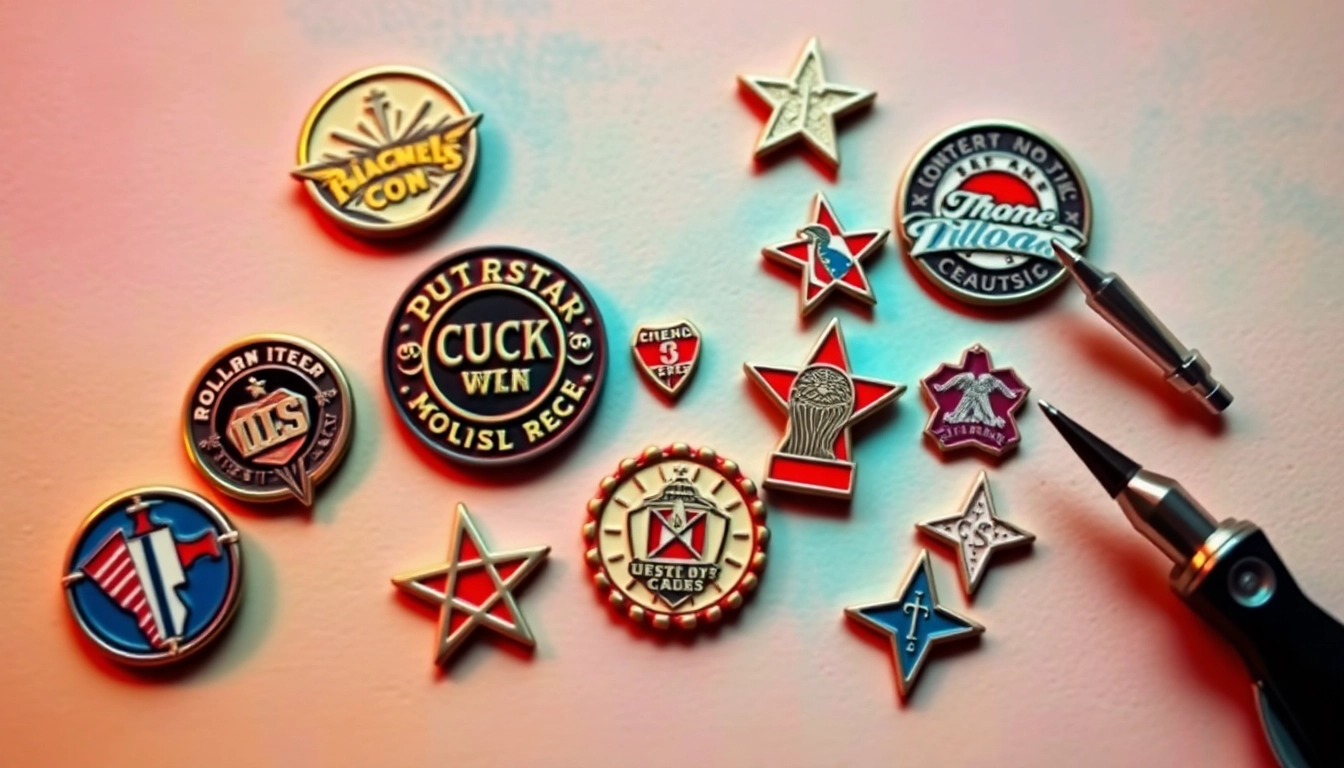Understanding Wooden Surface Cleaning
Wooden surfaces can bring warmth and elegance to any home or outdoor space. However, proper maintenance is crucial to preserving their natural beauty and longevity. A robust approach to wooden surface cleaning encompasses not just regular upkeep, but also a thorough understanding of wood properties and the right cleaning techniques.
What Makes Wooden Surfaces Unique?
Wood is a naturally porous material, which means it can absorb moisture and dirt, making its maintenance quite unique compared to other surfaces. Different types of wood, including hardwood like oak and softwood like pine, possess distinct grain patterns and densities, affecting their cleaning needs. Additionally, wood finishes—such as varnish, lacquer, or oil—can alter the cleaning approach.
Common Challenges in Maintaining Wood
Wood is vulnerable to several challenges that can compromise its beauty and functionality:
- Moisture Damage: Excessive water can cause warping or splitting, while inadequate moisture can lead to cracking.
- Stains and Dirt Buildup: Oils, food particles, and dust can create unsightly stains and attract pests.
- Sun Exposure: UV rays can fade colors and damage finishes, requiring appropriate protective measures.
- Scratches and Dents: Day-to-day use can result in surface damage, necessitating restoration techniques.
Benefits of Regular Cleaning
Regular cleaning is essential for a multitude of reasons:
- Enhanced Appearance: Routine upkeep ensures that wooden surfaces maintain their aesthetic appeal.
- Extended Lifespan: Proper care can significantly prolong the life of wood furniture and decks.
- Health Benefits: Cleaning eliminates allergens and creates a healthier indoor environment.
- Cost Efficiency: Preventative care can reduce the necessity for costly repairs or refinishing.
Essential Tools for Wooden Surface Cleaning
The Best Cleaning Solutions
Selecting the right cleaning solution is crucial for wooden surface care. Below are effective options:
- Mild Detergents: Mixing dish soap with warm water offers a gentle solution for cleaning.
- Vinegar Solution: A blend of equal parts vinegar and water can help remove buildup without damaging finishes.
- Commercial Wood Cleaners: Products designed specifically for wood care often include oils and waxes that nourish the wood while cleaning.
- Natural Products: Ingredients like olive oil and lemon juice can be a safe, eco-friendly alternative for cleaning and polishing.
Must-Have Tools for Effective Cleaning
To efficiently tackle wooden surface cleaning, it’s important to equip yourself with the necessary tools:
- Microfiber Cloths: Ideal for preventing scratches and collecting dust.
- Sponge or Soft Scrub Brush: Useful for deeper cleaning without harming the finish.
- Bucket: Helps in mixing cleaning solutions and containing materials during cleaning.
- Vacuum Cleaner with Brush Attachment: Effective for dust removal before wiping surfaces.
Eco-Friendly Alternatives to Consider
For environmentally-conscious homeowners, eco-friendly cleaning solutions can be effective and safe:
- Baking Soda: Excellent for tackling tough stains when mixed with water.
- Coconut Oil: Provides natural conditioning and shine while cleaning.
- Castile Soap: A vegetable-based soap that can effectively clean without harmful chemicals.
Step-by-Step Wooden Surface Cleaning Process
Preparing Your Cleaning Space
Before beginning the cleaning process, it is essential to prepare your space adequately. Follow these steps:
- Clear the area of any items that could obstruct cleaning.
- Dust the wooden surface with a dry cloth or vacuum.
- Gather your cleaning tools and supplies to avoid interruptions during cleaning.
Applying the Right Techniques for Different Wood Types
Different wood types may require unique cleaning approaches. Here are some pointers:
- Hardwoods: Use a soft cloth with mild soap to clean, following the wood grain.
- Softwoods: These can be cleaned with a damp cloth; be cautious of excess water.
- Finished Wood: Use a wood-specific cleaner that conditions the surface while cleaning.
- Unfinished Wood: Avoid moisture; instead, use a dry cloth for dusting.
Common Mistakes to Avoid
While cleaning wooden surfaces, certain common pitfalls should be avoided:
- Using Excess Water: Too much moisture can lead to warping and mold.
- Neglecting to Follow the Grain: Wiping against the grain can cause scratches and damage.
- Skipping Regular Maintenance: Regular dusting is essential to prevent buildup.
Advanced Wooden Surface Care Tips
Restoration Techniques for Aged Wood
Older wooden surfaces may require additional care and restoration techniques:
- Sanding: Light sanding can help remove scratches and prepare the surface for finishing.
- Staining: Applying a wood stain can rejuvenate the color of faded wood.
- Polishing: Regular polishing can restore shine and provide a protective layer against future damage.
Preventing Future Damage
Once your wooden surfaces are clean and restored, you can take steps to prevent further damage:
- Coasters and Mats: Use coasters for beverages and mats under vases or plants to prevent stains.
- Control Humidity: Maintaining indoor humidity levels can prevent wood from expanding and contracting.
- Regular Dusting: Establish a cleaning routine to prevent buildup and long-term damage.
The Role of Finishing Products
Finishing products play an important role in maintaining the quality of wooden surfaces:
- Sealers: Applying a sealant protects wood from moisture and scratches.
- Natural Oils: Oils such as linseed or tung oil can enhance the wood’s appearance and durability.
- Waxes: Waxing creates a protective layer that enhances shine and adds further durability to the finish.
Measuring the Impact of Your Wooden Surface Cleaning
Visual Cues to Determine Success
After cleaning, it’s important to assess the results. Look for the following visual cues:
- Uniform Color: A consistent color without visible spots or stains indicates successful cleaning.
- Shine: A well-polished surface should reflect light evenly.
- No Dust Residue: Surfaces should feel smooth to the touch without any leftover cleaning solution.
Customer Satisfaction and Product Longevity
For businesses, ensuring customer satisfaction with wooden surfaces can drive future business. Key metrics to measure include:
- Feedback Surveys: Ask clients about their satisfaction with the appearance and quality of wood surfaces.
- Repeat Business: High rates of repeat customers may indicate successful cleaning practices.
- Durability Over Time: Monitor how well surfaces resist wear after cleaning and restoration.
Feedback and Future Improvement Strategies
Continuous improvement is essential to ensure effective wooden surface cleaning:
- Incorporating Customer Feedback: Use testimonials and feedback to enhance your processes.
- Staying Updated on Products: Keep abreast of advancements in cleaning products and techniques.
- Training Staff: Offer regular training on the latest cleaning methods and tools for maintained high standards of service.



